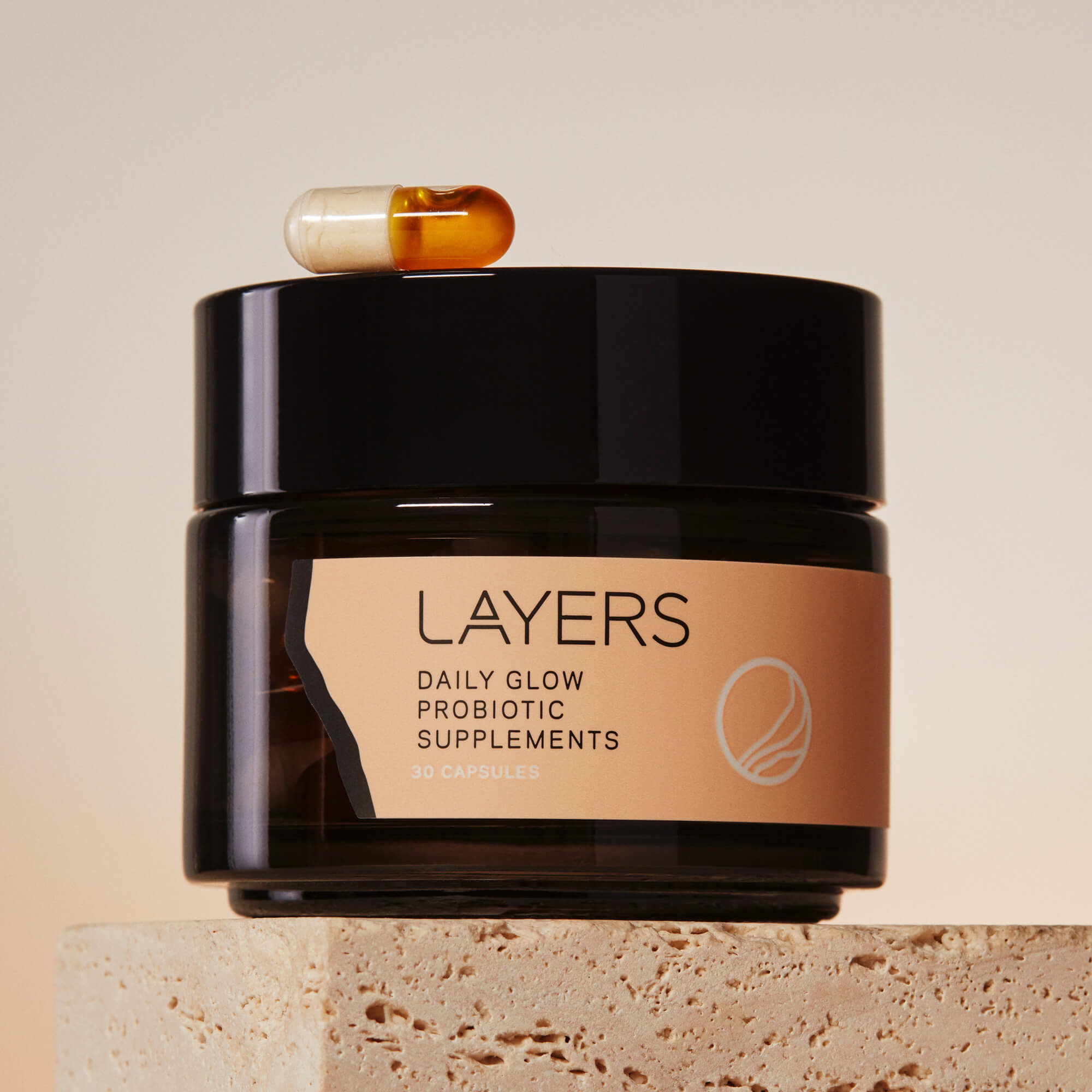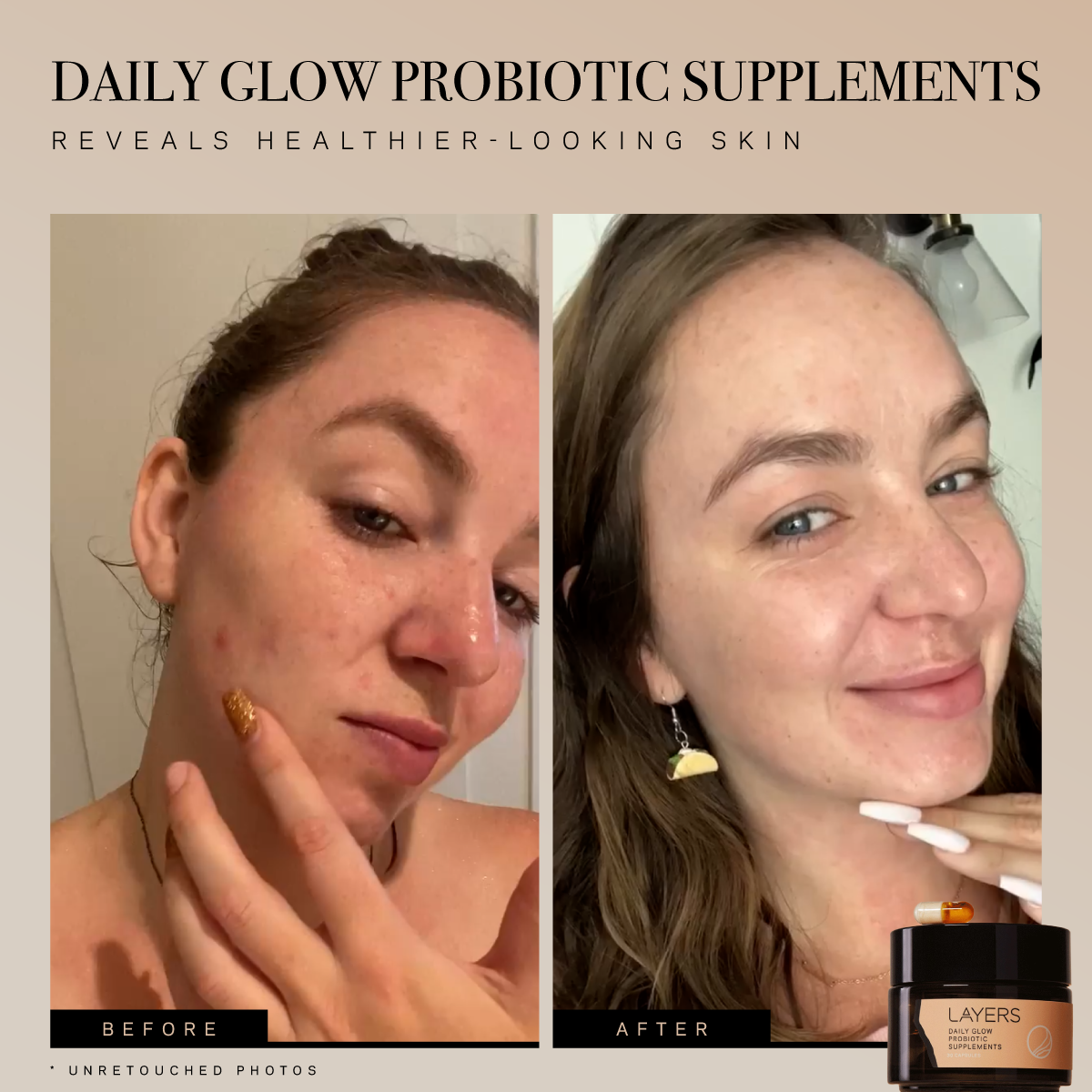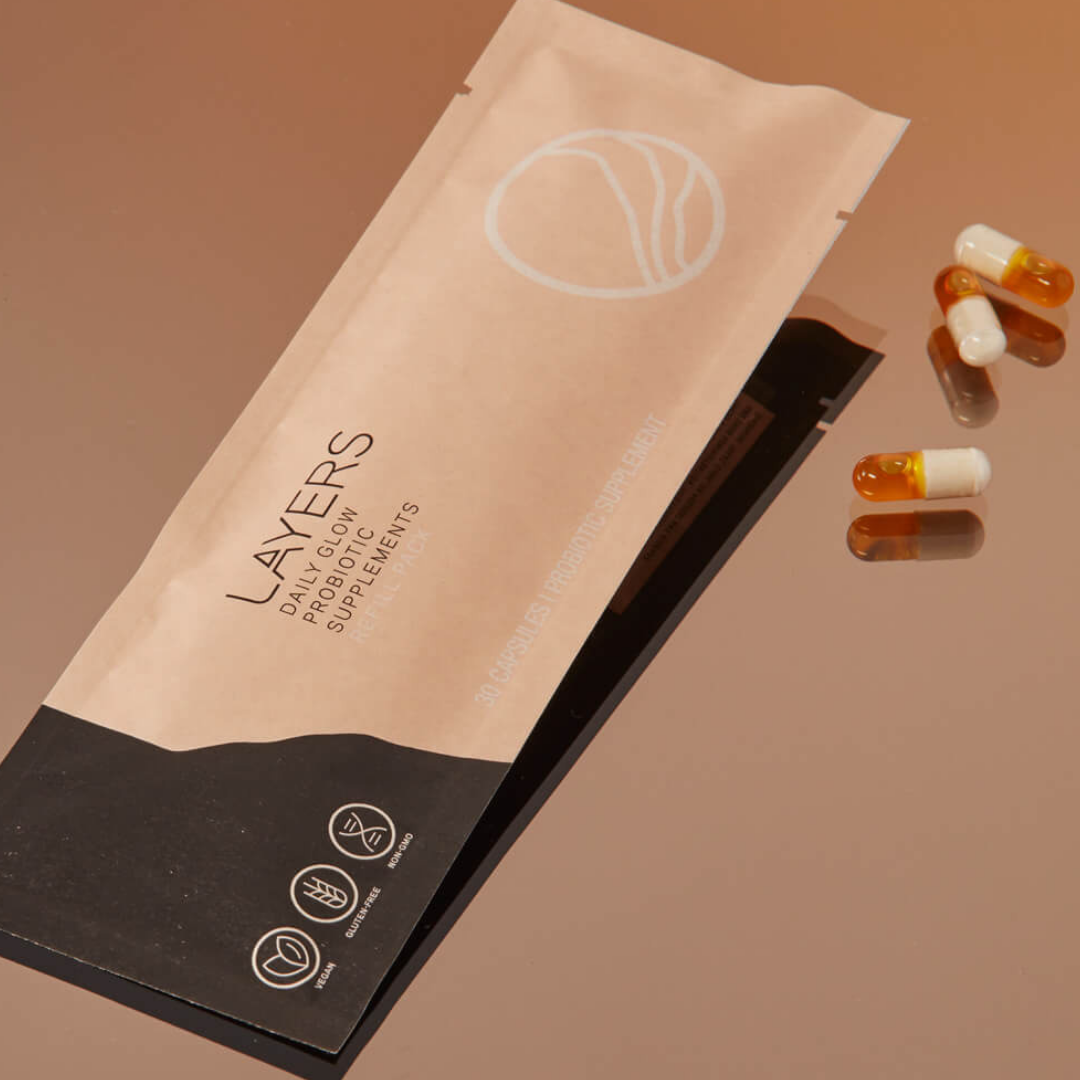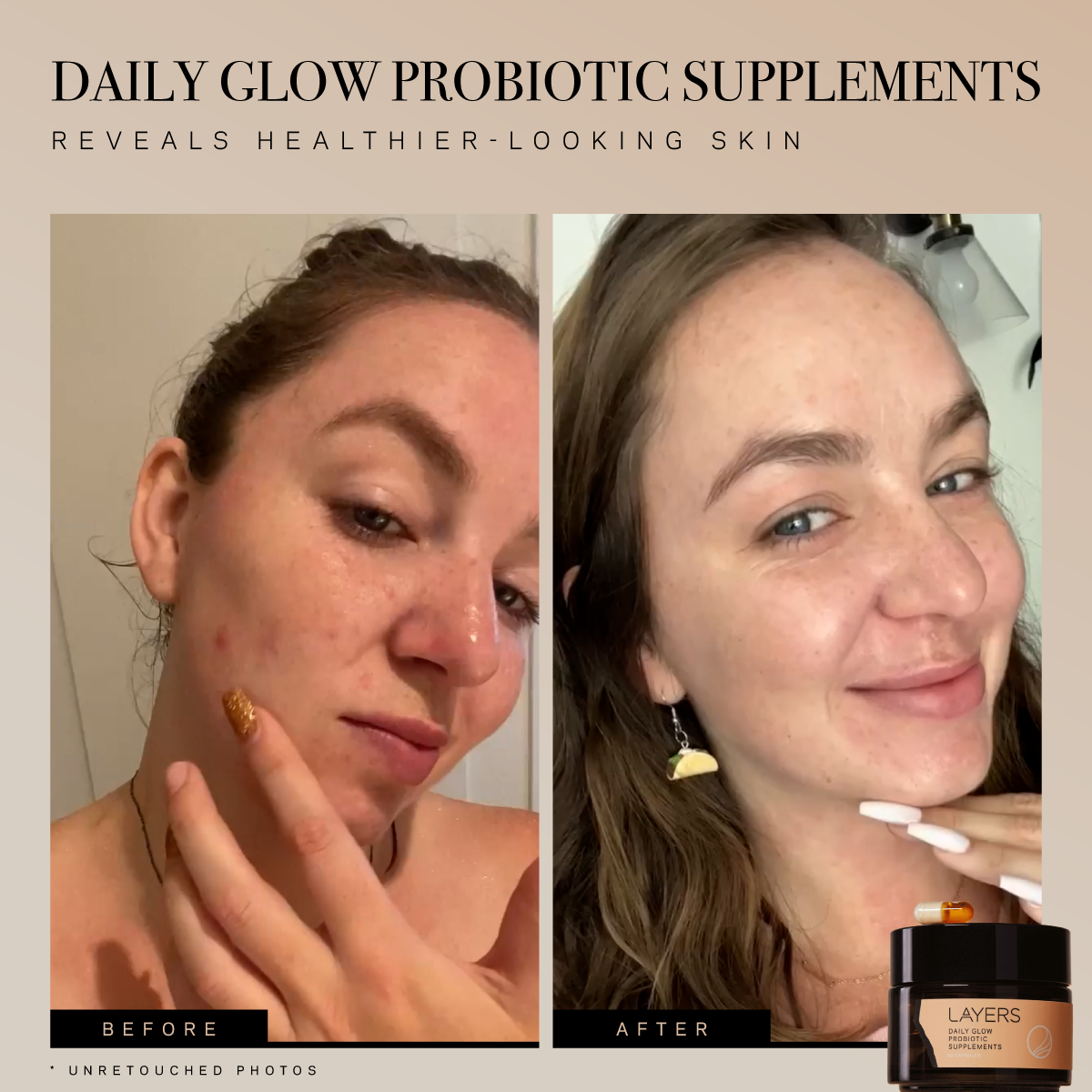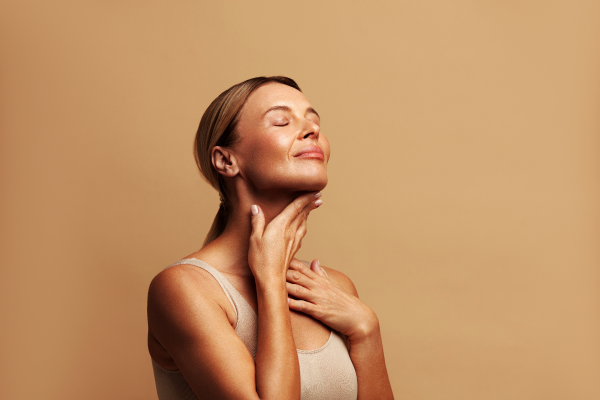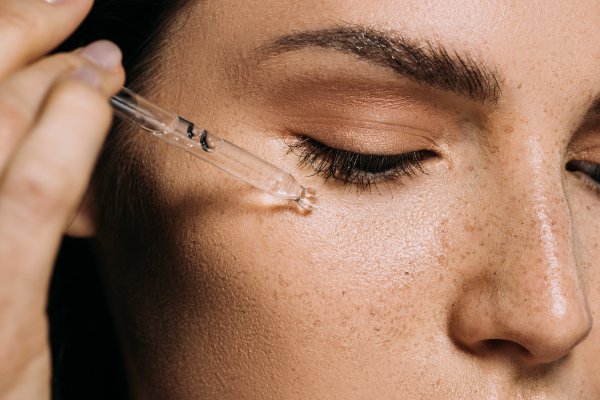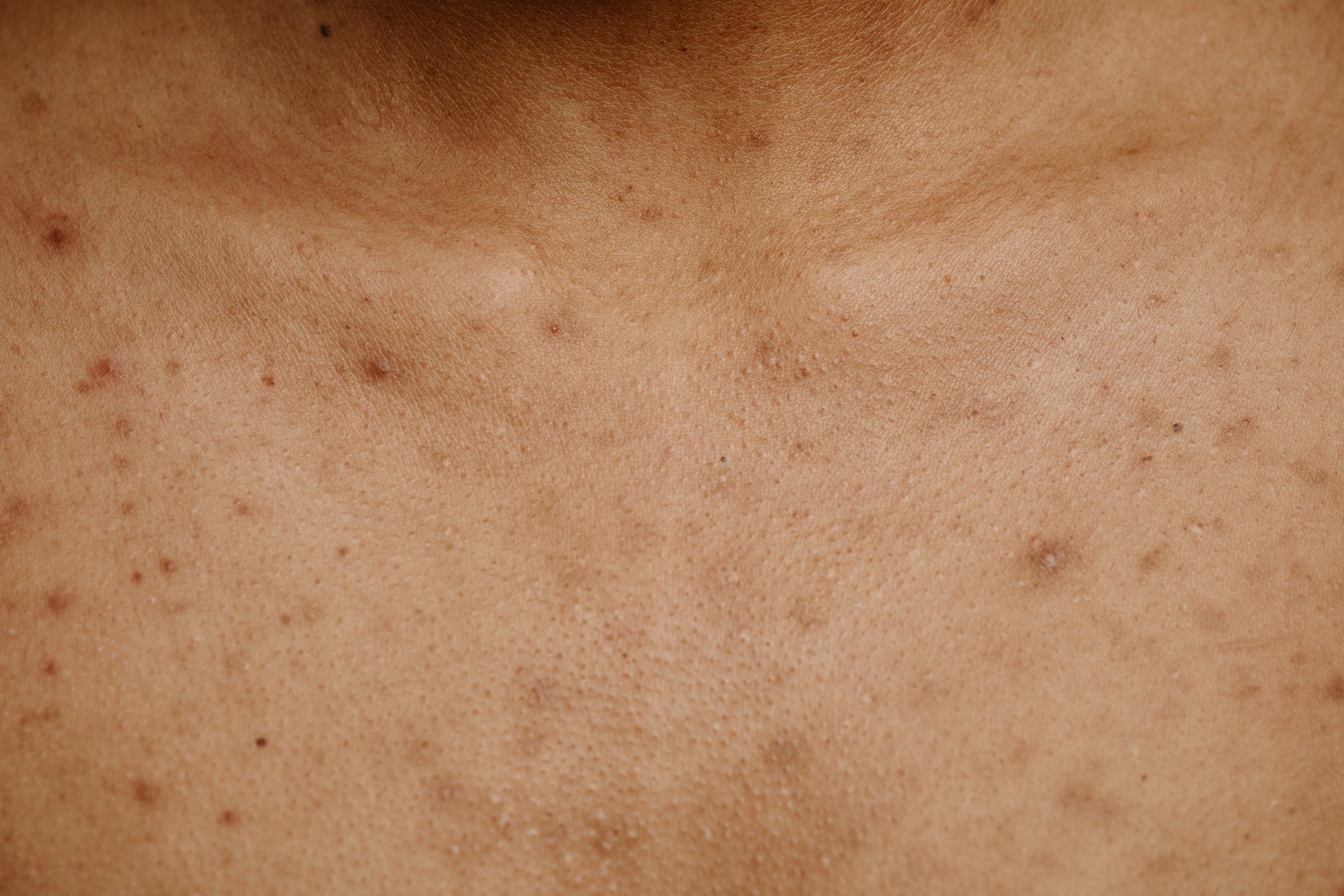We’ve always known that diversity rules. And that’s especially important when it comes to the microbiome.
It might be hard to think of your skin as an actual organ. We tend to view it as the thing that houses our organs, but in reality, it’s the largest organ of the human body. And it stays busy! Your skin provides a physical barrier to the outside world, fighting off foreign pathogens and protecting you from bacterial, viral, and fungal invasions.
A MICROBIOME REFRESH
We’ve gotten deep into the ins and outs of microbiome science before, but here’s a little refresher if you didn’t catch that article. The microbiome is a vast community of microorganisms that are present everywhere. These tiny living things are found in the ocean, in our soil, on plants and animals, in our food (think about fermented foods like yogurt and kimchi), floating in the atmosphere, and in the human gut. They’re constantly at work on the surface of our skin.
To date, the Skin Microbial Genome Collection, a database of human skin bacteria genomes, has documented 85% of the known microorganisms that are present on healthy human skin. This robust collection tells us that Cutibacterium, Corynebacterium, Staphylococcus, Lawsonella, and Candidatus Pellibacterium are the most abundant skin bacteria we harbor.
Your skin microbiome is in constant communication with the outside world, and it plays an integral role in fending off pathogens that cause disease. For this reason, a healthy microbiome boosts your barrier protection and strengthens your immune defenses. This is why an inside-outside approach to microbiome health is key, bolstering your gut health and your skin health at the same time.
WE’RE ALL DIFFERENT
At this point, you might be wondering why we don’t just bottle up those good microbes and slather our skin silly- which as a probiotic skincare company, we do - but of course, it’s never quite that easy. That’s because every human body has its own unique microbiome “fingerprint”. This comes down to genetic, environmental, geographic, diet, and lifestyle differences.
Different skin sites are home to specific communities of microbes. Your hands and feet, for example, are constantly touching things, influencing your bacterial community countless times per day. These interactions affect your skin moisture levels, your temperature, and your skin pH.
THE MICROBIOME AND BETTER HEALTH OUTCOMES
Companies like Layers have been pioneers in researching the most beneficial probiotics for skin and gut health and making these clinically-proven products available to savvy beauty connoisseurs. And the science just keeps rolling in. Which is great news for anyone who suffers from some of the most common unwanted skin-related troublemakers.
We know that acne is associated with specific strains of Cutibacterium acnes, and eczema is frequently associated with Staphylococcus aureus. Both of these have historically been treated with antibiotics. The problem is that antibiotics also wipe out beneficial bacteria along with the bad guys. In the future, microbiome-targeted therapy will be able to pick and choose which bacteria to target and which to leave undisturbed. Just imagine puberty without those dreaded inflammatory skin diseases!
The potential beyond the skin toward more critical healthcare is also being realized. For example, a 2021 study showed a higher quantity of Moraxella osloensis in Chinese skin than in Westerners. This particular strain of bacteria lives in the nasal and respiratory tract and is known to cause diseases such as endocarditis and meningitis. Another study, known as the Belly Button Biodiversity Project, pointed to differences in the bacteria of men and women. It found that females tend to have more Staphylococcus epidermidis living on their skin microbiome than men. These harmless bacteria live in sweaty places, and they happen to be the natural enemy of Staphylococcus aureus, a harmful bacteria that, in addition to acne, can cause serious intestinal issues.
Further scientific exploration will teach us how to leverage opposing types of friendly bacteria to defend against negative health outcomes related to these and other harmful strains. Understanding how we can manipulate this balance will become an increasingly important part of managing our healthcare in the future.
THE NEXT FRONTIER OF HUMAN HEALTHCARE
Microbiome science is still emerging, and in many ways, we’re in the infancy of our understanding. Discovering the skin and gut microbiota is an emerging area of study that’s changing rapidly, with new studies broadening our level of familiarity with the intricacies of the human body.
Incorporating good bacteria into your skincare routine and beneficial probiotics for your gut health are just the first frontier. So, as the science continues to roll in, you can smugly tell your friends, “Oh, yea…I know ALL about the microbiome.” Plus, you’ll have the glowing skin to prove it!

